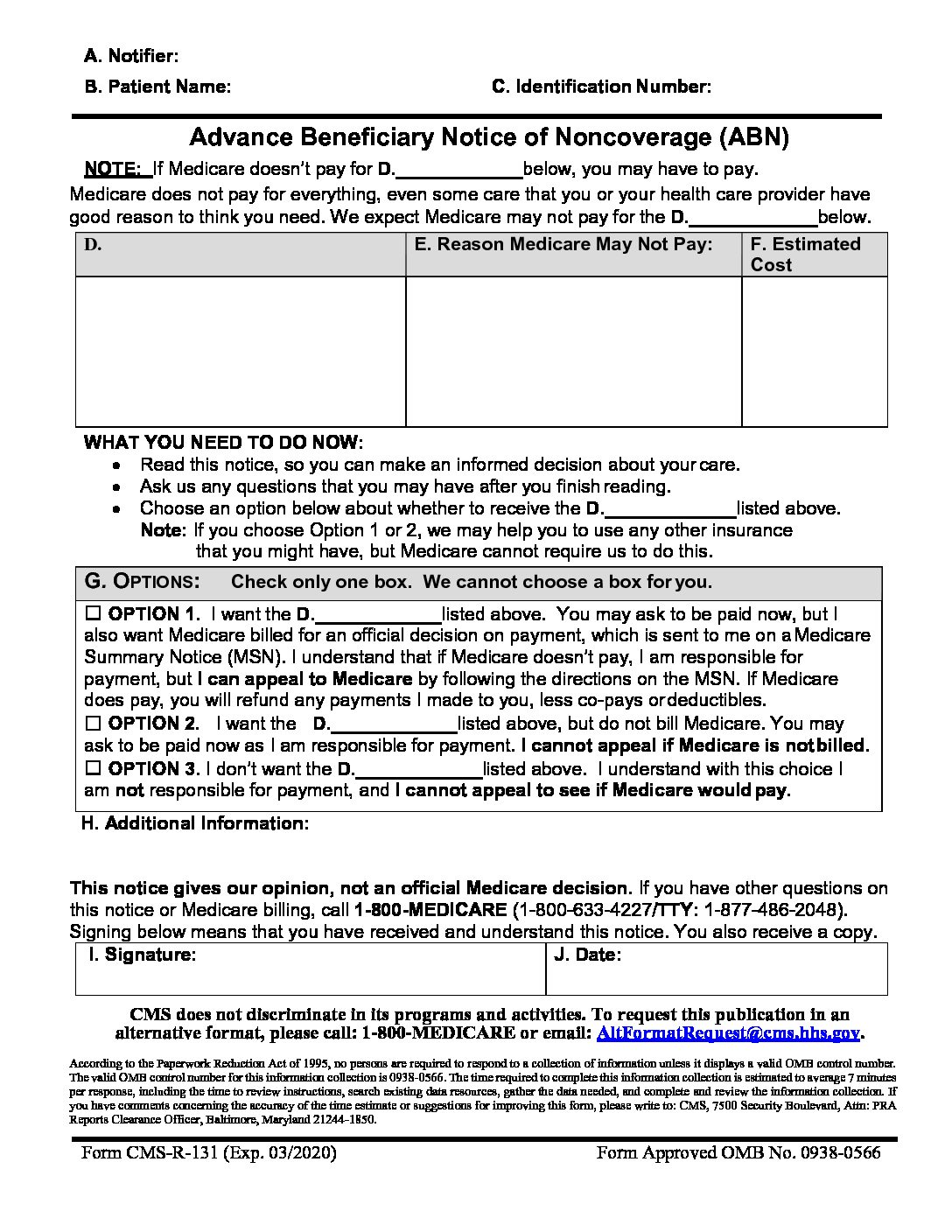
The Physician Quality Reporting System (PQRS) is a reporting program that requires doctors enrolled in Medicare, Participating or Non-Participating providers, to submit data on the reporting of specified quality measures.
Beginning in 2007, PQRS was a pay-for-reporting program. Doctors were eligible to receive incentives if they reported quality measures. However, in 2013 the program transitioned from an incentive program to one that assessed penalties to doctors who did not meet the reporting requirements.
Therefore, if doctor’s offices did not successfully report on quality measures for covered services during the 2013 reporting period (Jan.1 –Dec 31,2013), those providers saw a decrease in reimbursement by 1.5% beginning on January 1, 2015.
Additionally, if doctor’s offices did not successfully report on quality measures for covered services during the 2014 reporting period, those providers will see a decrease in reimbursement by 2.0% beginning on January 1, 2016.
Though PQRS is technically not mandatory, the Patient Protection and Affordable Care Act (PPACA) mandated that Medicare is required to adjust payments for providers who do not participate in PQRS. So, from 2016 and beyond, reimbursement will be decreased by 2% and based on the reporting of quality measures from the previous two years.
To comply, doctors of chiropractic must report certain measures on eligible Medicare beneficiaries. Through the proper use of these codes, CMS hopes to establish standards and promote evidence- based best practices to reduce claim fraud and streamline the reimbursement process.
Reporting PQRS:
To report PQRS, all you need to do is place G-codes on your claims. The G-codes correlate to an action that was taken (or not taken) by the provider. As a chiropractor, you only need to report two quality measures. These measures are:
Measure #131: Pain Assessment and Follow-Up
The purpose of this measure is to show when a pain assessment is done using a standardized tool, and a follow-up plan that includes a reassessment of pain is documented.
Pain assessment tools include, but are not limited to, Faces Pain Scale (FPS), McGill Pain Questionnaire (MPQ), Numeric Rating Scale (NRS), Verbal Numeric Rating Scale (VNRS), and Visual Analog Scale (VAS).
Measure #182: Functional Outcome Assessment
The purpose of this measure is to show when functional outcome assessments are conducted, using a standardized tool, along with the creation of a treatment plan based on the functional deficiencies found.
Functional outcome assessments measure a patient’s physical limitations when performing activities of living, such as low back pain which inhibits the patient’s ability to walk or sleep.
Standardized functional outcome assessment tool examples include Oswestry Disability Index (ODI), Roland Morris Disability/Activity Questionnaire (RM), and the Neck Disability Index (NDI).
G-codes:
Each Measure contains several choices of quality data codes (G-codes) that correspond to the measure to be reported. On each visit, the provider should report one of the G-codes, from each of the two measures, on line 24 D of a paper claim or on service line 24 of an electronic claim.
Measure #131: Pain Assessment and Follow-Up
- G8730 – Pain assessment documented as positive using a standardized tool and a follow-up plan is documented.
- G8731 – Pain assessment using a standardized tool is documented as negative, no follow-up plan required.
- G8442 – Pain assessment NOT documented as being performed, documentation the patient is not eligible for a pain assessment using a standardized tool.
*Note that patients are not eligible only if one or more of the following reason(s) are documented:
- Patient is in an emergent situation where time is of the essence and to delay treatment would jeopardize the patient’s health status.
- A severe mental and/or physical disorder and patient is unable to express their self in an understandable way by others.
- G8939 – Pain assessment documented as positive, follow-up plan not documented, documentation the patient is not eligible.
- G8732 – No documentation of pain assessment reason not given.
- G8509 – Pain assessment documented as positive using a standardized tool, follow-up plan not documented, reason not given.
Measure #182: Functional Outcome Assessment
- G8539 – Functional outcome assessment documented as positive using a standardized tool and a care plan, based on identified deficiencies on the date of the functional outcome assessment, is documented.
- G8542 – Functional outcome assessment using a standardized tool is documented; no functional deficiencies identified, care plan not required.
- G8942 – Functional outcome assessment using a standardized tool is documented within the previous 30 days and care plan, based on identified deficiencies on the date of the functional outcome assessment, is documented.
- G8540 – Functional Outcome Assessment not documented as being performed, documentation the patient is not eligible for a functional outcome assessment using a standardized tool.
Patients are not eligible only if one or more of the following reason(s) are documented:
- Patient is in an urgent or emergent medical situation where time is of the essence and to delay treatment would jeopardize the patient’s health status.
- The patient is unable to complete the questionnaire.
- The patient refuses to participate.
- G8541 – Functional outcome assessment using a standardized tool not documented, reason not given.
- G8543 – Documentation of a positive functional outcome assessment using a using a standardized tool; care plan not documented, reason not given.
- G9227 – Functional outcome assessment documented, care plan not documented, documentation the patient is not eligible for a care plan.
(*See G8540 for non-eligibility reasons).
**Note that the use of a standardized tool assessing pain alone, such as the visual analog scale (VAS), does not meet the criteria of a functional outcome assessment standardized tool.
G-code Rules:
You should report Measures #131 and #182 on every visit, for every Medicare patient who is at least 18 years old and where you have reported a spinal CMT.
You must document the name of the standardized tools used to assess the patients in the medical record. The exception would be when a provider uses a fraction for the Numeric Rating Scale (ie.6/10) when assessing pain for intensity.
Providers should report, for each visit, whether they provided a standardized pain assessment on the patient, if pain was present or absent, and, if pain was present, documented a follow-up plan that includes a reassessment of the pain.
Common Sense PQRS For Chiropractors:
First understand that Medicare pays for medically necessary treatment. Basically, this means that the patient has pain that is interfering with their ability to perform their normal daily activities (Functional Deficits).
Once a patient’s pain and, more importantly, functional deficits have improved or they have reached a plateau in their care, Medicare is no longer responsible to pay for treatment.
Because of this, the reporting of these measures ( #131: Pain Assessment and Follow-Up and Measure #182: Functional Outcome Assessment ) are required to meet the PQRS reporting standards.
With this in mind, chiropractic offices will generally document only a handful of G- codes from each of the two measures, on line 24 D of a paper claim or on service line 24 of an electronic claim.
G-codes Common Sense:
During active care, the doctor has the patient fill out both pain and functional assessments on the Initial Visit and Re-exams.
- G8730 – Pain assessment documented as positive using a standardized tool and a follow-up plan is documented.
This means a pain assessment was done using a standardized tool and documents the patients level of pain with a documented treatment plan that includes a planned reassessment of pain, a referral, or that the initial plan is still in effect.
In other words, chiropractors will use this code with every visit during active care and patient visits for initial exams and re-exams.
- G8539 – Functional outcome assessment documented as positive using a standardized tool and a care plan, based on identified deficiencies on the date of the functional outcome assessment, is documented.
This means a functional outcomes assessment was done using a standardized tool and documents that it was preformed on the same date of service. This is typically coded only with the initial exam and re-exams during active care.
- G8731 – Pain assessment using a standardized tool is documented as negative, no follow-up plan required.
This means a pain assessment was done using a standardized tool that documents the patient has no pain and no treatment plan is required.
- G8942 – Functional outcome assessment using a standardized tool is documented within the previous 30 days and care plan, based on identified deficiencies on the date of the functional outcome assessment, is documented.
- The G8942 code is typically used for office visits during active part of treatment, between the initial exam and re-exams.
- G8542 – Functional outcome assessment using a standardized tool is documented; no functional deficiencies identified, care plan not required.
The G8542 code is typically used on the date of final re-exam once the patient has reached maximum medical improvement and patient is discharged from care.
The following are examples of how the G- codes are typically used.
Initial Exam And Re-exams:
- G8730 – Pain assessment done, and a follow-up plan is documented.(CMT / Active / Tx / Exams)
- G8539 – F0A done, care plan done (During 1st CMT / Active Tx)
Daily office visits for routine treatment:
- G8730- Pain assessment done, and a follow-up plan is documented.(CMT / Active / Tx / Exams)
- G8942 –FOA done and care plan done within 30 days (CMT Visits between RE/Active Tx)
The final Re-exam once the patient has reached maximum medical improvement and patient is discharged.
- G8731 – Pain assessment done, no pain using a standardized, no follow-up plan required. (Final RE/Discharge)
- G8542 – FOA done, no deficit, no care plan needed (Final RE/Discharge)
Finally, always remember that your assessments, exams and treatment plans must be documented in your patient files. If your records are audited, you have reported that you have correctly documented these measures.
Dr. John Davenport DCM, MCS-P
Chief Compliance Office, Certified Insurance Consultant
![]() I’ve been getting a lot of questions about the -59 modifier and the new X modifiers, so I thought I would take some time here to explain the use of these modifiers and to let you know why most insurers, including Medicare, still continue to use the -59 modifier.
I’ve been getting a lot of questions about the -59 modifier and the new X modifiers, so I thought I would take some time here to explain the use of these modifiers and to let you know why most insurers, including Medicare, still continue to use the -59 modifier. Though it is likely that the -59 Modifier days are numbered, until then continue to code as usual, with modifier -59.
Though it is likely that the -59 Modifier days are numbered, until then continue to code as usual, with modifier -59.







 For chiropractic physicians transitioning to ICD-10, most of the time they will be using chapter 13 (Diseases of the Musculoskeletal System and Connective Tissue.) For injuries however, they’re more likely to use chapter 19 (Injury, Poisoning & Other Certain Consequences of External Causes).
For chiropractic physicians transitioning to ICD-10, most of the time they will be using chapter 13 (Diseases of the Musculoskeletal System and Connective Tissue.) For injuries however, they’re more likely to use chapter 19 (Injury, Poisoning & Other Certain Consequences of External Causes).

